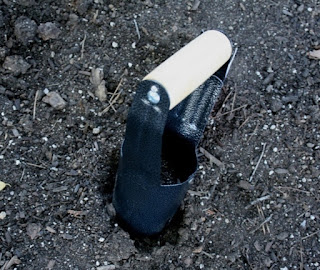Spring flowering bulbs are great additions to any garden. Just when you think winter will never end, early blooming crocus poke their heads up through the snow, followed soon by the daffodils and then a parade of early, mid and late blooming tulips.
The best time to plant these bulbs is now, in October. The soil temperature is cooler, but still warm enough to allow the bulbs to root before the ground freezes.
Begin by selecting quality bulbs. Choose bulbs that are firm and light tan in color. The type of bulb is also important. Crocus are the earliest of the spring blooming bulbs, followed by daffodils and then tulips.
Bulbs come loose in individual containers or as pre-packaged assortments. Loose-packed bulbs allow you to mix and match color, height and bloom time. Pre-packed bulbs are convenient. Pick up a package or two, take them home and plant them. Next, consider where you plan to plant your bulbs. For the best blooms, select a site where your bulbs will receive at least six hours of sunlight.
Prepare the site by amending the existing soil with organic material, such as Earth Essentials Sheep, Peat and Compost or Organic Compost. Plan to lay down two to three inches of amendments to the site, then mix thoroughly with the existing soil to a depth of six to seven inches. You can use a spade or garden fork to prepare the ground.
Once the site is prepared, you’re ready to plant your bulbs. Bulbs display best when you plant them in groups, rather than individuals. With a newly prepared bed, this is easy to do. Dig a hole between six and seven inches deep, broadcast some Dutch Bulb Food over the area, then cover the fertilizer lightly with soil. This allows the bulb to root into the fertilizer. Next, place eight or ten bulbs flat side down in the planting hole. Cover the bulbs with soil and water thoroughly.
You may choose to plant some of your bulbs in existing beds. In this case, a bulb planter or bulb auger allows you to easily dig a hole and plant your bulbs without disturbing any perennials or shrubs already planted there. Once planted, mark the spot and water the site thoroughly.
Check on your bulbs through the winter. They should be watered every four to five weeks, along with the rest of the trees and shrubs in your landscape. Bulbs planted now offer a profusion of spring color for many seasons to come.








No comments:
Post a Comment